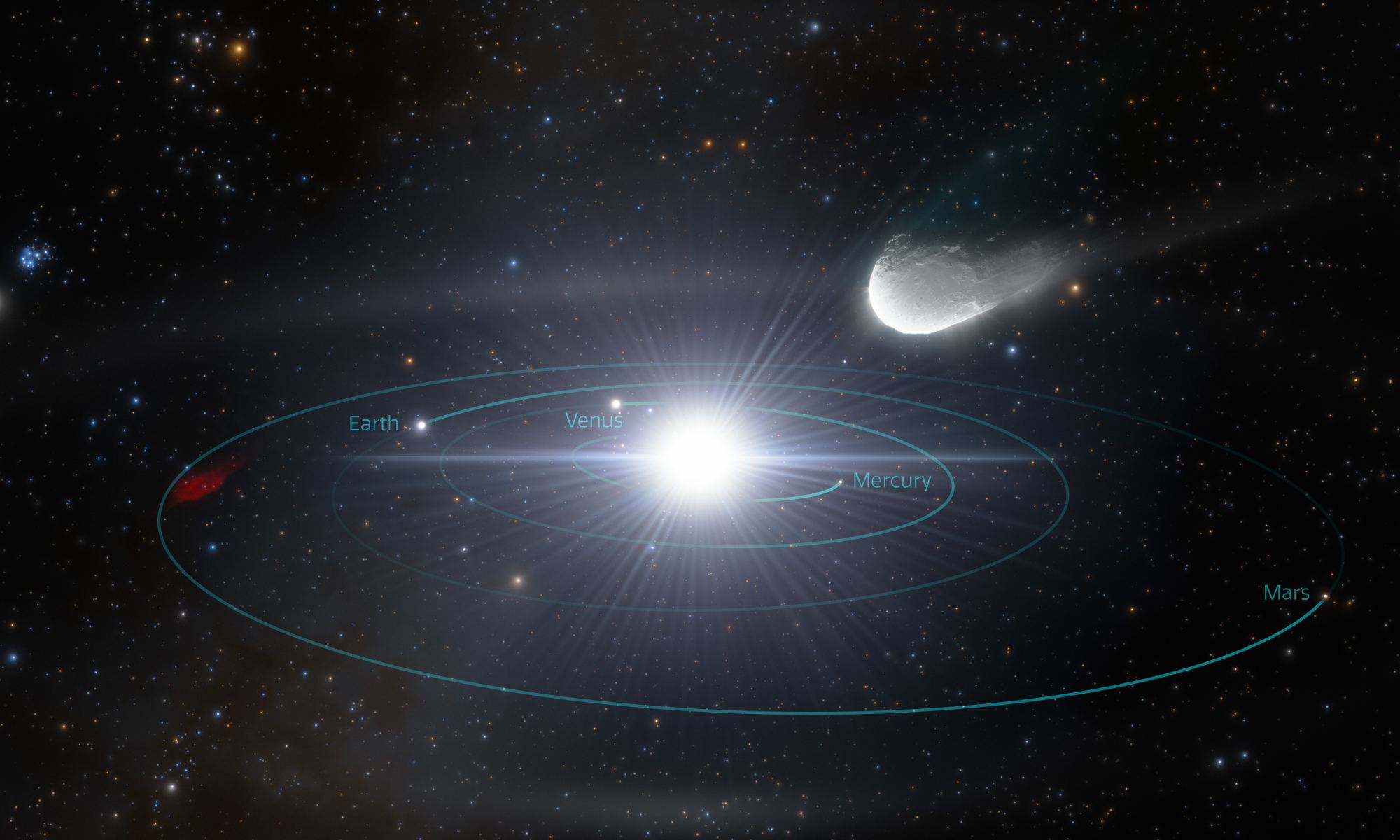One of the great things about CubeSat designs is that they constrain the engineers who design them. Constraints are a great way to develop novel solutions to problems that might otherwise be ignored without them. As CubeSats become increasingly popular, more and more researchers are looking at how to get them to do more with less. A paper from 2020 contributes to that by designing a 3U CubeSat mission that weighs less than 4 kilograms to perform a fly-by of a Near Earth Asteroid (NEA) using entirely off-the-shelf parts.
Continue reading “A 3U CubeSat Could Collect Data During an Asteroid Flyby”A 3U CubeSat Could Collect Data During an Asteroid Flyby










